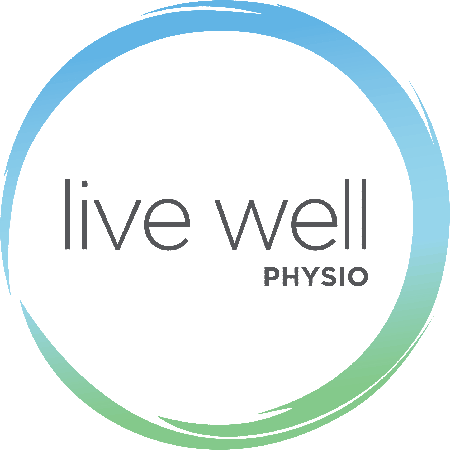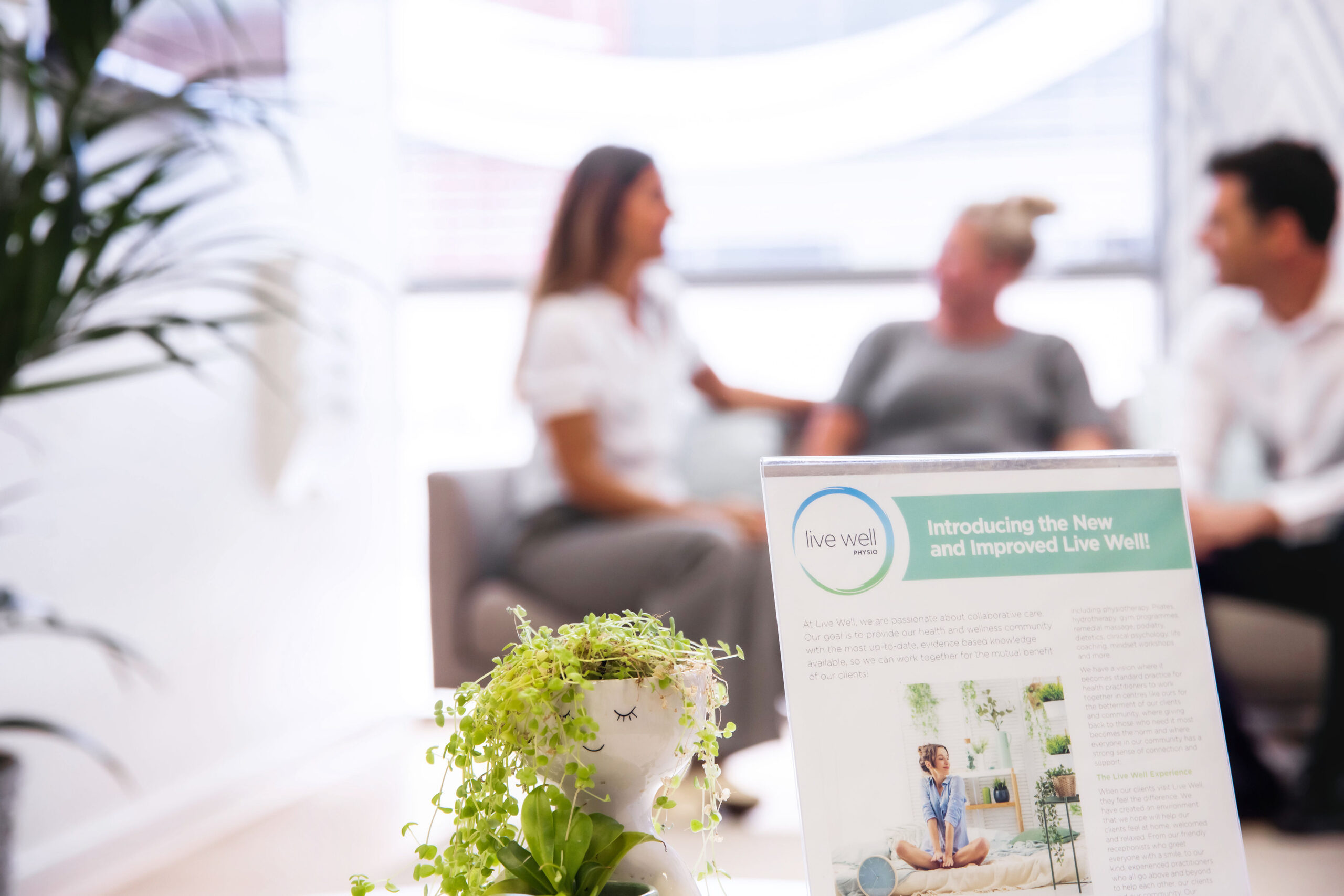Post baby fitness – how to exercise safely
During pregnancy and birth your body goes through a major transformation (which is simply amazing!) but can also impact your lower back, pelvic floor and abdominal muscles. The pressure and position of the baby can affect your posture, placing extra load on the lower back and weakening your pelvic floor and core abdominal muscles. In addition, the hormone Relaxin is released to allow the pelvis to widen to make room for your baby. Relaxin increases the laxity of your ligaments, reducing the stability around your back and pelvis.
After having your baby, it is important to focus on core and postural exercises which will improve your posture and enhance the stability around the pelvis to reduce the risk of lower back pain. The key is to build the strength in these muscles before getting back into high impact or heavy resistance-based exercises. Otherwise the muscles will continue to weaken, increasing the chance of incontinence (leakage), prolapse and back pain.
Some women may also get a separation in the “6 pack” abdominal muscles, known as the rectus abdominals. Specific exercises can help draw these muscles back together and retrain the core to work efficiently.
So what exercise is safe to start with?
During the first six weeks, reintroduce exercise gently. This is your time to get to know your baby and settle in to this new life together. We recommend that you focus on pelvic floor and core abdominal exercises to rebuild their strength. Walking is also an excellent form of exercise during this period and a lovely way to get some fresh air with your newborn.
After your six week check-up, if you’ve been given the all clear, it may be time to recommence a more significant level of exercise. Choose exercises such as low impact aerobics, light resistance, water aerobics and walking, gradually increasing the intensity and weights over time. It is still important to avoid loaded abdominal exercises, deep squats or lunges, heavy weights, breath holding during exercises or high impact such as running and jumping as these increase load on the pelvic floor. After three months, provided your pelvic floor and core abdominal muscles are back to full strength you can return to high impact activity and abdominal exercises.
Exercise can bring many benefits to your life as a new mum. You can improve your fitness, strength and flexibility. It also helps to enhance your mental health and wellbeing, maintain a healthy weight and improve your self-image. So it’s important to do what you can to re-acquaint yourself with exercise after baby is born. Just remember to go slowly and build up gradually, to avoid injuries and other setbacks.
Live Well have an experienced Women’s Health team who can assist with pelvic floor, rectus diastasis and other post pregnancy problems. We also offer Mums and Bubs Pilates and Cardio classes, to help you get back into the swing of things. Simply call us for more information.

